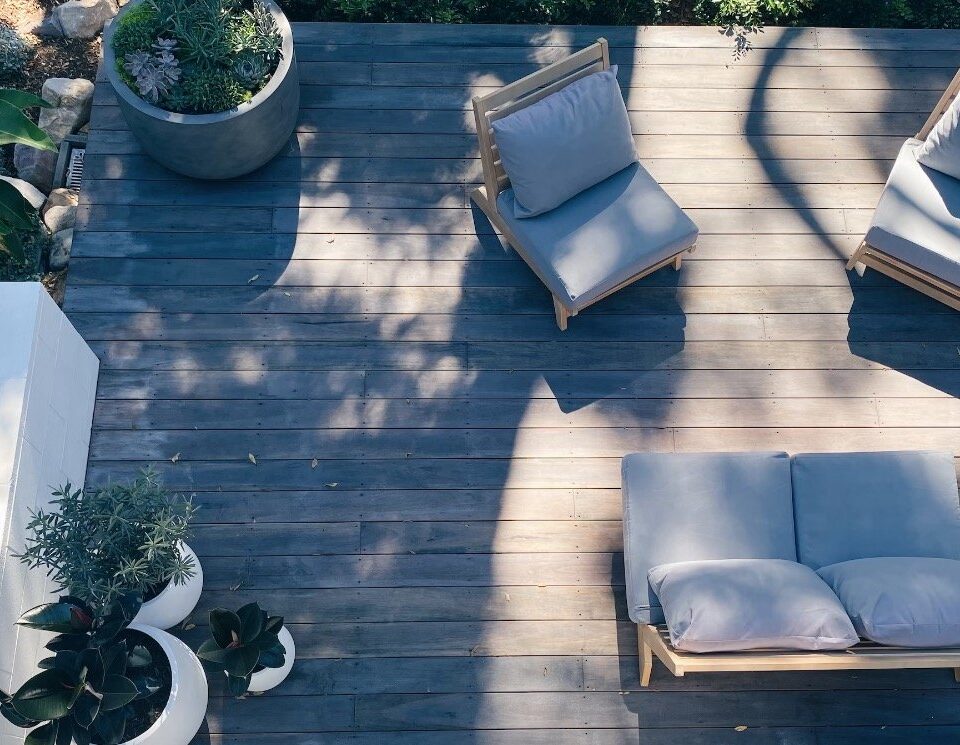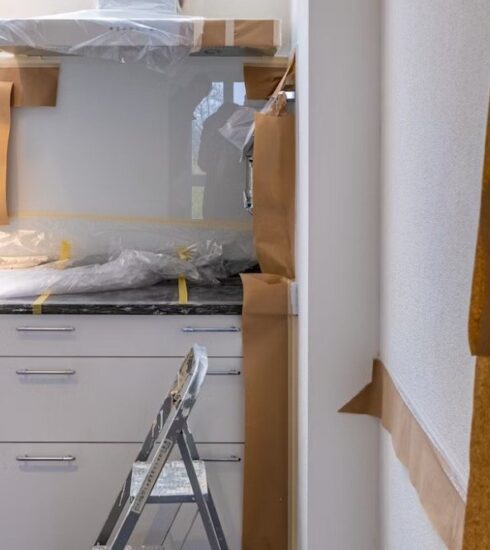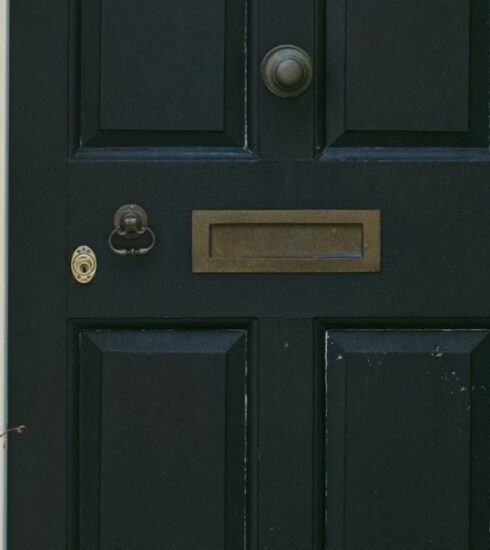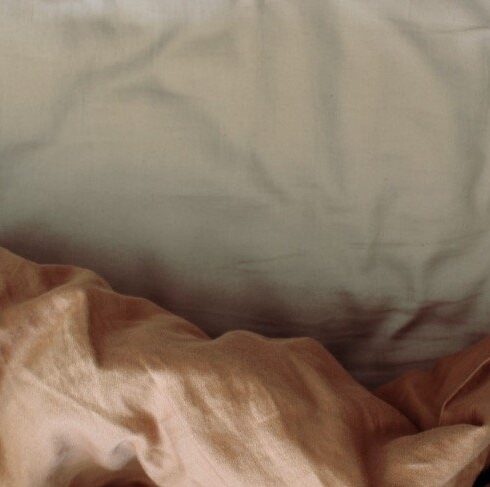Can you leave the Garden Cushions outside?
When the clouds gather over your garden and a clap of thunder announces an impending downpour, it can be quite a hassle to remove garden furniture cushions. Especially if summer rainstorms are frequent and you need to keep a constant eye on the cushions.
Nowadays, you can buy garden furniture cushions from Suns that are marketed as water-repellent and mold-resistant. But this doesn’t mean you can leave them outside all the time. Not before a storm and not in the winter.
Read on to find out if you can leave your garden cushions outside and for how long.
Are garden cushions waterproof?
Garden furniture cushions can be shower resistant, water resistant, water repellent or waterproof, depending on the cover and what’s inside. Unless you read these terms in the product description, it is safe to assume that garden cushions cannot withstand rainstorms or downpours!
- Douche bestendige garden cushions can withstand the occasional spring drizzle or summer shower. You don’t have to put them away at the slightest rain shower. But heavy rain will soak them and turn them into a breeding ground for mold. It can also fade and damage them over time.
- Water-resistant outdoor cushions are similar to shower-proof cushions in that they can withstand brief exposure to light rain. After that, they must be aired, or mold may grow on them. You should shake out the water before putting them in a warm place.
- Water repellent outdoor cushions have a coating on the surface that can keep water at bay. Good-quality products are more resistant to water than the shower-resistant and water-repellent varieties we talked about. However, don’t expect them to stay looking their best. They can go moldy after repeated exposure to water and need to be cleaned and dried –the sooner, the better.
- Waterproof outdoor cushions are your best choice if you live in a rainy climate or have a seating area close to a pool. However, not all waterproof cushions are the same –there can be big differences in quality and durability. If you leave waterproof outdoor cushions in the rain all the time, they will eventually be damaged.
As a rule, budget outdoor cushions are the least resistant to weathering. Usually they are not even shower resistant. So think carefully before leaving them out in the rain!
What damages garden cushions?
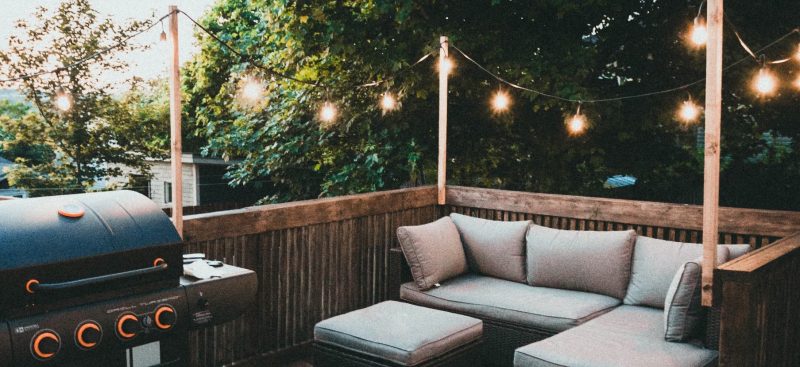
Cushions of garden furniture are often constantly attacked by UV rays, rain and moisture, spills, splashes from the pool, extreme temperatures and critters. All of these can damage them.
UV rays
UV rays can cause outdoor furniture cushions to discolor, damaging the upholstery over time. You don’t want to leave your outdoor cushions out in the sun, or they will look washed out. Place your garden furniture under an umbrella, patio, arbor or other structure that provides shade.
Rain and moisture
Rain and moisture can damage garden cushions and turn them into a breeding ground for mold and fungus. In addition to fading, moisture can also affect the elasticity and comfort of the foam or padding. It can also cause cushions to smell where you don’t want to sit.
Extreme temperaturen
Intense heat and freezing temperatures take their toll on exposed garden cushions. The damage may not show up right away, but over time you may notice cracks and discoloration. Even if the cold doesn’t damage high-quality fabrics, the foam or padding inside can still suffer.
Bugs
Rats, mice, rabbits, squirrels, frogs and bats –these garden critters usually don’t show themselves when you’re around, but at night they can call your outdoor cushions their home. Bugs are especially a problem if you leave your garden furniture outside during the colder seasons. They can even burrow into large cushions.
Which garden cushions last longer outdoors?
Acrylic and olefin covers typically offer more protection for outdoor garden cushions than cheaper polyester fabrics. They are more resistant to water and moisture and can also withstand other types of damage better.
- Polyester cushion fabrics are usually the cheapest –they offer the worst protection. Fabrics sold as water-repellent or waterproof usually have a chemical finish that is not healthy. It can rub against your skin if you wear shorts or skirts. Children and pets can also come in contact with it.
- Cushion fabrics from acryl are highly resistant to UV radiation –they do not fade as quickly as other materials, making them a safe choice for sunny areas.
- Olefin fabrics for cushions are durable and stain-resistant, and higher-quality products also offer good UV protection. However, these are not the cheapest.
Ultimately, not only the fabric determines how well the cushion can withstand a rain shower, but also the filling. High-quality foam with open pores allows water to dry up quickly.
Other fillings, on the other hand, can retain moisture, requiring you to remove the pillow from the cover, shake it and hang it outside to dry.
Tips if you leave your garden cushions outside
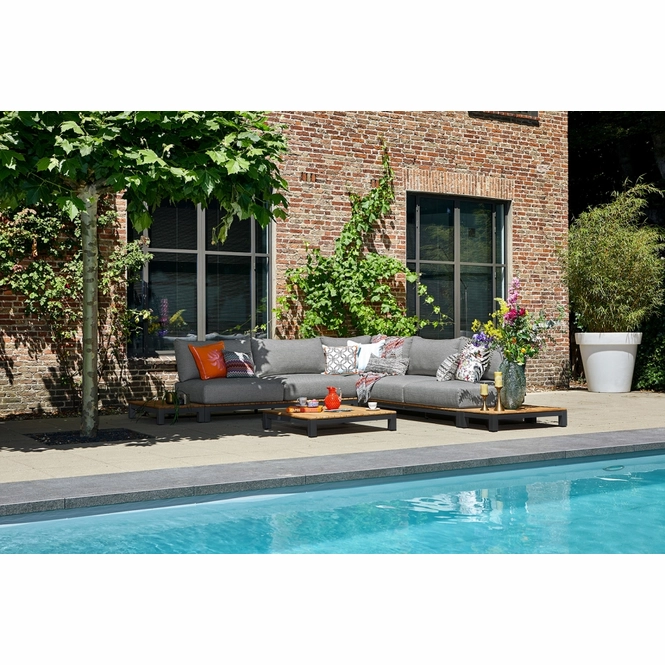
If you always want to leave your garden cushions outside, or you accidentally leave them outside during a storm, there are a few things you can do to make them look better and last longer. You can waterproof them, dry them, wash them more often and consider quick storage solutions.
- Waterproof them if they don’t have built-in weather protection. For this, you can use special water-repellent sprays, or linseed oil. Apply them only to the covers.
- Shake out the water and hang them to dry when wet. Leaving them on the chairs can damage the furniture and cause mold.
- Wash them more often to prevent mold, fungus and nasty odors.
- Replace the covers every few years. If the covers are starting to look bad, check the padding before you discard the cushions. The padding may be fine and you can save costs by replacing only the covers.
- Buy a storage container for the garden. These come in different styles so you can match them to your furniture and keep them handy for when the rain clouds come up.
De conclusie
Waterproof garden furniture cushions survive the occasional spring drizzle or summer storm without damage.
But to make them last long and look their best, you need to protect them from rain, direct sun exposure and critters. You also need to store them during the winter. With the right storage solution, your life will be a lot easier.

